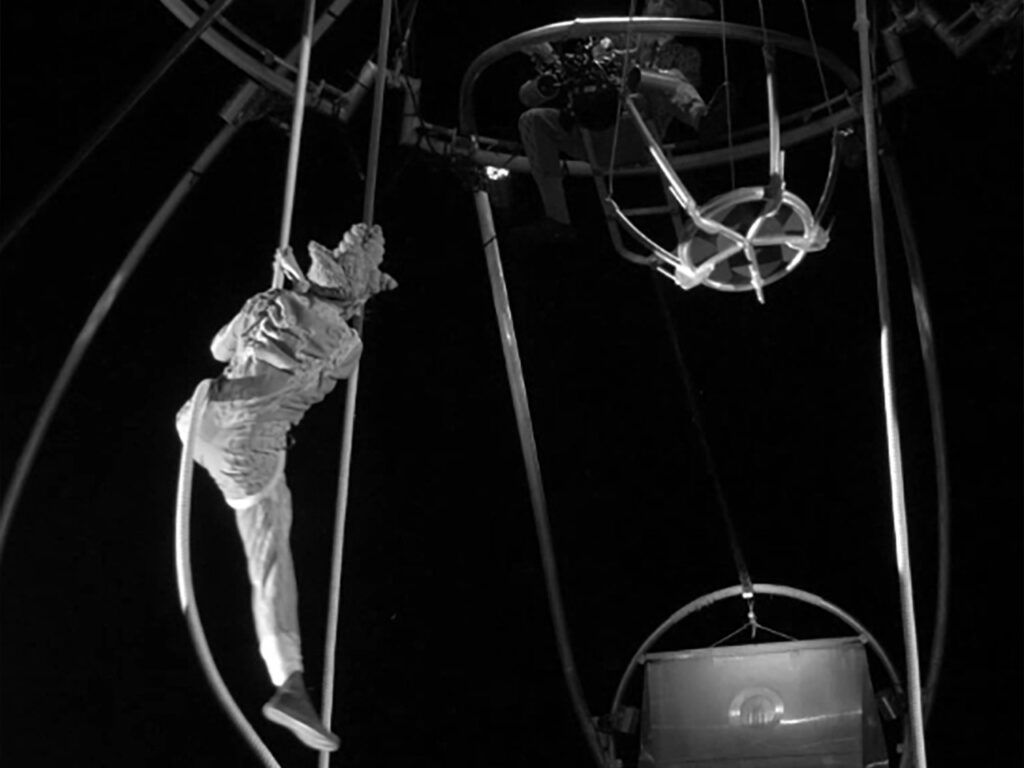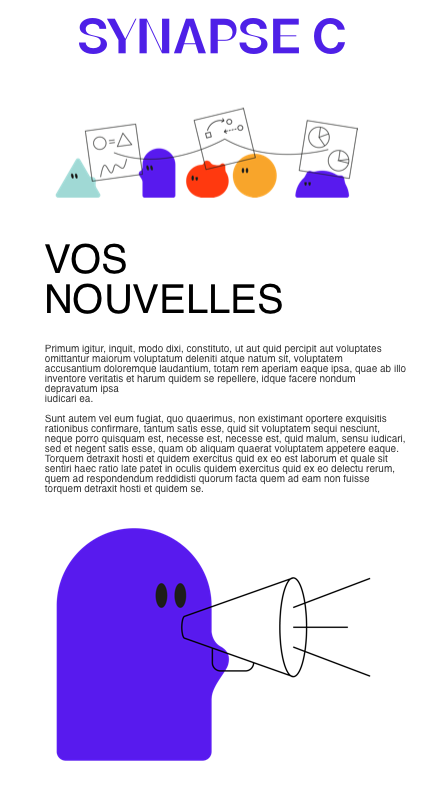To date, very few studies have been carried out on the ways in which the extended closure of Montreal’s theaters has affected the cultural consumption habits of performing arts audiences. However, the few studies carried out during the pandemic in Quebec and other national contexts seem to indicate that, despite audiences’ stated desire to resume their going-out habits, there is still a certain reluctance to return to theater attendance levels comparable to those in the pre-pandemic situation.
To get a better idea of what’s going on in Montreal, our new information and intelligence specialist, Jeanne Bélanger, under the direction of Guillaume Sirois, Professor in the Department of Sociology at the Université de Montréal, conducted a qualitative survey of 22 regular spectators of the performing arts (theater, music, dance, circus).
A period of upheaval
The study begins by exploring spectators’ initial reactions to the announcement of the health measures that would deprive them of one of their favorite activities for many months to come. Most of those interviewed experienced the onset of the pandemic as a shock, but it wasn’t necessarily the closure of concert halls that affected them most in this period of great upheaval.
Nevertheless, some of the participants spoke of a period of isolation, depression and even grief, all amplified by the closure of the concert halls. However, the pandemic was a long-term ordeal, which led to the practice of other activities, including outdoor activities, sports, and also the
streaming
TV series and other virtual activities, such as conferences and exhibitions.
Virtual alternatives
The report devotes an entire section to virtual performances, since several performing arts organizations developed such products during the pandemic period. While almost all our participants say they’ve tried it, very few have been convinced. Two main factors seem to explain the difficulties associated with the transition from one medium (live performance) to another (virtual performance):
- the loss of intimacy and authenticity in the relationship between audience and performers, which is now mediated by the screen ;
- the loss of a sense of communion with the other members of the audience when you are alone or in a very small group in a private space to watch the performance.
A very large majority of study participants returned to the theater as soon as possible, and sometimes even more frequently. The report looks at the social ritual associated with going to a show (sharing a meal, chatting, socializing), which seems to go a long way towards explaining the strong desire to physically return to theaters.
The risks of returning to "normality
However, the concert hall, once an enchanted place where people came to experience collective emotion without worry, is now a potentially risky place. Participants now assess the risks associated with the shows they plan to see based on two factors: venue configuration and audience behavior. Thus, we can see the emergence of a scale of dangerousness of broadcasting venues, as follows (from the safest to the most dangerous):
- the conventional auditorium where the audience sits in silence ;
- cinemas or other venues where people eat or drink during the performance ;
- comedy shows where people laugh, chat and heckle;
- music shows, particularly cabaret-style shows ;
- bars where people are constantly on the move and drinking.
To cope with these different possibilities, participants have developed a number of strategies: wearing one or more masks, choosing places that seem less exposed, or even refraining from frequenting certain places or people who frequent them.
Conclusions
The report concludes by exploring some of the obstacles standing in the way of a return to pre-pandemic levels. Four main elements were identified by study participants:
- continuing fears about the circulation of the virus and the possibility of contagion;
- changes in the economic situation that force people to make budgetary choices;
- changes in work habits, with the massive arrival of telecommuting, which modifies cultural consumption practices;
- changes in the attitude of spectators in theaters, with some deeming them less respectful, which seems to reflect a form of social tension among audiences.
Thus, many suggest that the performing arts community will have to consider reviewing its dissemination practices in order to be less centralizing and more flexible in offering shows.
This project was carried out in collaboration with Mitacs.



